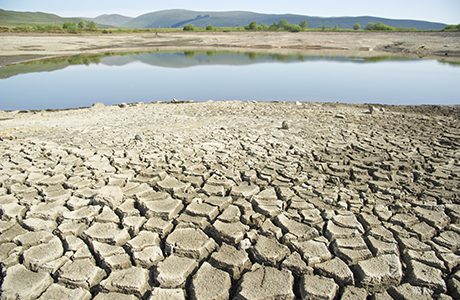
The UK Climate Change Risk Assessment Evidence Report released on 12 July 2016 provides authoritative scientific assessment of climate change risks to the UK. This new independent report to Government sets out the most urgent risks and opportunities arising for the UK from climate change. HR Wallingford led the development of new projections of water availability for the UK which fed into the Evidence Report to enable the UK Government to assess the relative severity of impacts under a range of future scenarios.
Changes to the UK climate are likely to include periods of too much or too little water, increasing average and extreme temperatures, and sea level rise. The report concludes that one of the most urgent risks for the UK resulting from these changes is the risk of shortages in the public water supply, and water for agriculture, energy generation and industry, with impacts on freshwater ecology. Urgent action is required to address these risks.
HR Wallingford, an independent engineering and environmental hydraulics organisation, led the first national assessment of climate-related risks for UK Government, and has now led the development of new projections of water availability for the UK to inform the second UK Climate Change Risk Assessment (CCRA2).
The project evaluated the contributing factors for the current levels of risk in water resource planning, and then projected these according to a selection of plausible climate, population, adaptation and environmental protection scenarios to 2100.
Chris Counsell, Water Management Principal Scientist, said: ‘ We have provided a realistic and transparent assessment of future risks based upon the latest available evidence. Our projections extend to the 2080s,significantly further than the typical 25-year planning horizon currently adopted for UK water resources planning, and therefore provide an invaluable insight into the pressures that are likely to be faced by the industry in the longer-term. Furthermore, the assessment reiterates the important dichotomy with respect to how to maintain and improve fresh water ecology whilst maintaining clean and sustainable water supplies for human uses, given the increasing demand.’
Fully integrated modelling approaches will be needed by the industry to deliver a step-change in the accuracy and robustness of future water resource assessments. As part of its company research programme, HR Wallingford is actively developing and applying such tools at the regional and national scales to address this need and support the industry in identifying the most appropriate solutions to the challenges we will face in the future.








